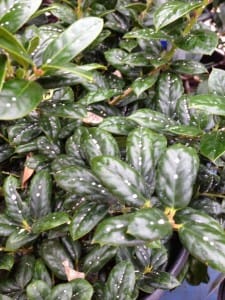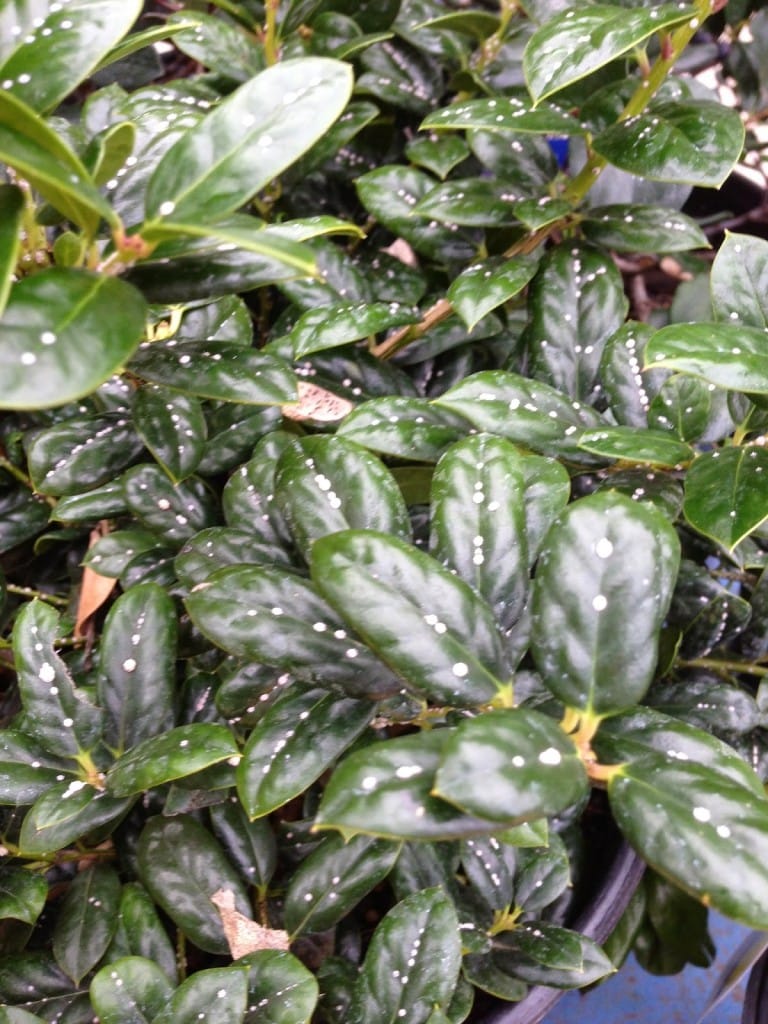
From the Insects in the City blog by Mike Merchant, Texas AgriLife Extension Entomologist
Ask most PMPs who specialize in structural pest control what they know about scale insects, and you’ll get a blank stare. Pest management techs are typically taught little about insect pests of plants, especially tiny, non-descript pests that are frequently well-camouflaged from all but the most highly trained observers.
This is a mistake. A well-trained commercial or residential pest control PMP needs to know about plant pests, especially scales and their cousins the aphids, whiteflies and mealybugs. The key reason is that scales are part of the ecosystem surrounding the home or business, and can play an important role in insect life coming indoors…especially when it comes to ants.
You know ants. Only one of the most important pest issues for the industry around the world. The vast majority of indoor pest ants are sugar-loving. But these ants don’t get their sweet tooth from sheer gluttony (like us!); ants have evolved with a heavy reliance on sugary foods in the form of honeydew.
Honeydew is the sweet excretion product of many plant feeding insects, including scales, aphids, mealybugs, whiteflies and others. Most of us have experienced honeydew when parking a vehicle under a tree during the summer months. Those sticky drops all over the windshield were honeydew, or less delicately, insect poop.
Much like our obsession with sugar, ants have an interesting relationship with honeydew producing insects. It turns out that ants have been relying on the scale insects for so long that both scale and ant have become co-dependent. The ant gets a free, long-term, stationary food source. The scales benefit from the ants keeping down excess honeydew and mold on the old leaf, and even get protection from predators like lady beetles and parasitic wasps.
Ants that naturally feed on honeydew include carpenter ants, crazy ants, odorous house ant, Argentine ants, acrobat ants, rover ants and fire ants…and probably several others I’m forgetting at the moment. If you’re battling any of these critters on a regular basis, you might need to know something about why ants are attracted to your accounts in the first place. In many cases it probably has something to do with the presence of scale insects around the building perimeter.
Sticky, shiny leaves are one tip-off that scale-like insects may be feeding on your customers’ plants. Also look for waxy crusts often associated with aphids, scales and mealybugs. Honeydew
also serves to grow a black mold called “black sooty mold”, another unsightly clue to a problem.

A few years ago when industry giant (at the time) American Cyanamid was searching for an improved bait for carpenter ant control they turned to experts in insect honeydew for insight. Researchers found that mimicking some of the natural constituents of insect honeydew in an artificial bait was a good strategy for designing a more effective bait.
I’m not suggesting that all ants are attracted to your accounts just because of sugar-pooping pests, but I guarantee you that, when present, these insects will contribute to an ant problem. So what can be done? First of all, learn the signs of honeydew producing insects, and how to select some of the excellent control products on the market.
There’s a lot to learn about scale insects–more than I can cover here; but if you’re interested in learning a little more, check out this link to a PowerPoint presentation I gave on the subject. The topic is scale insects and their control. I hope the pictures and notes will give you an interesting introduction to the subject and a taste to learn more. Speaking of taste, I think I hear a KitKat bar calling my name.
